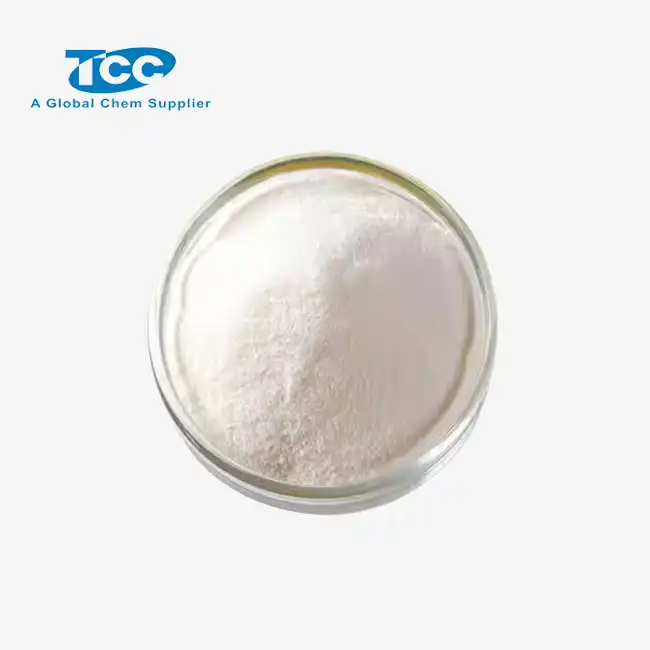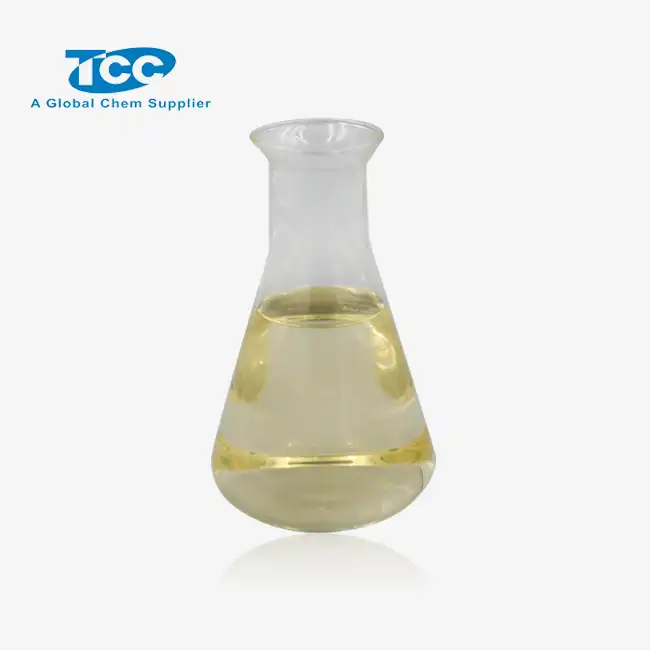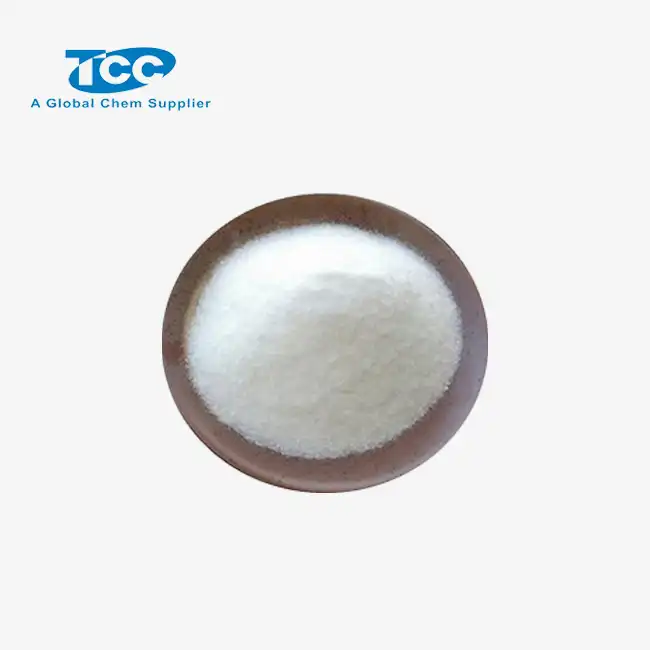- English
- French
- German
- Portuguese
- Spanish
- Russian
- Japanese
- Korean
- Arabic
- Greek
- German
- Turkish
- Italian
- Danish
- Romanian
- Indonesian
- Czech
- Afrikaans
- Swedish
- Polish
- Basque
- Catalan
- Esperanto
- Hindi
- Lao
- Albanian
- Amharic
- Armenian
- Azerbaijani
- Belarusian
- Bengali
- Bosnian
- Bulgarian
- Cebuano
- Chichewa
- Corsican
- Croatian
- Dutch
- Estonian
- Filipino
- Finnish
- Frisian
- Galician
- Georgian
- Gujarati
- Haitian
- Hausa
- Hawaiian
- Hebrew
- Hmong
- Hungarian
- Icelandic
- Igbo
- Javanese
- Kannada
- Kazakh
- Khmer
- Kurdish
- Kyrgyz
- Latin
- Latvian
- Lithuanian
- Luxembou..
- Macedonian
- Malagasy
- Malay
- Malayalam
- Maltese
- Maori
- Marathi
- Mongolian
- Burmese
- Nepali
- Norwegian
- Pashto
- Persian
- Punjabi
- Serbian
- Sesotho
- Sinhala
- Slovak
- Slovenian
- Somali
- Samoan
- Scots Gaelic
- Shona
- Sindhi
- Sundanese
- Swahili
- Tajik
- Tamil
- Telugu
- Thai
- Ukrainian
- Urdu
- Uzbek
- Vietnamese
- Welsh
- Xhosa
- Yiddish
- Yoruba
- Zulu
What are the Chemical Properties of Sodium Polyaspartate?
Sodium polyaspartate (PASP-Na) is a biodegradable, water-soluble polymer gaining attention across various industries due to its unique chemical properties. This environmentally friendly alternative to traditional synthetic polymers features a polyamino acid structure derived from L-aspartic acid monomers linked by peptide bonds. Its key properties include excellent chelation capacity, scale inhibition, and dispersing abilities, making it valuable for water treatment, agriculture, oil field operations, and personal care applications. This article explores the chemical properties of sodium polyaspartate, examining its structure and the mechanisms behind its diverse industrial applications.
What makes sodium polyaspartate an effective scale inhibitor?
Chemical Structure and Scale Inhibition Mechanism
Sodium polyaspartate's effectiveness as a scale inhibitor stems from its chemical structure of repeating aspartic acid units connected through amide bonds, with carboxylate groups (-COO-) neutralized by sodium ions. These carboxylate groups interact with scale-forming cations like calcium, magnesium, and barium when dissolved in water. The polymer prevents scale formation through two primary mechanisms: threshold inhibition, where even small concentrations delay crystallization of scale-forming salts, and crystal modification, which distorts crystal growth and prevents hard deposits. Sodium polyaspartate attaches to active crystal growth sites, interfering with ion arrangement needed for crystal development. This disruption creates irregular, less adherent crystals that remain dispersed rather than forming deposits. The high density of carboxylate groups along the polymer chain provides multiple binding sites for scale-forming cations, enhancing effectiveness even in challenging conditions.

Performance Comparison with Traditional Scale Inhibitors
Compared to conventional phosphonate and polyacrylate scale inhibitors, sodium polyaspartate offers significant advantages. Unlike phosphonate-based inhibitors that contribute to water eutrophication, sodium polyaspartate is phosphorus-free while maintaining comparable performance. For calcium carbonate scale, it achieves over 90% inhibition at just 2-5 ppm dosages. The polymer excels at calcium sulfate scale inhibition even under high temperatures (up to 200°C) where traditional inhibitors fail. Sodium polyaspartate maintains functionality in harsh environments including high-temperature and high-pressure systems common in industrial water and oil field applications. Additionally, it demonstrates synergistic effects with other water treatment chemicals, allowing reduced chemical usage while maintaining performance—ideal for comprehensive water treatment programs addressing multiple issues simultaneously. Its biodegradability ensures breakdown into environmentally benign components, unlike persistent traditional inhibitors.
Factors Affecting Scale Inhibition Performance
Several factors influence sodium polyaspartate's scale inhibition performance. Molecular weight significantly impacts effectiveness, with medium molecular weight variants (3,000-10,000 Da) offering optimal balance between scale inhibition and biodegradability. Solution pH affects performance, with pH 7-9 allowing full dissociation of carboxylate groups that maximize chelating capabilities, while acidic conditions (pH < 4) can reduce effectiveness through protonation. Temperature is another crucial factor—sodium polyaspartate maintains performance at elevated temperatures where many traditional inhibitors deteriorate, thanks to its robust peptide backbone. The presence of competing ions like iron or aluminum can influence effectiveness by consuming binding sites, though sodium polyaspartate typically shows good tolerance to hardness and alkalinity in most water systems. Dosage requirements vary with system conditions, typically ranging from 1-10 ppm for most applications, with higher concentrations needed in challenging environments with high scaling potential.
How does sodium polyaspartate function as a chelating agent?
Chelation Chemistry and Metal Ion Binding
Sodium polyaspartate's chelating properties derive from its polycarboxylate structure providing numerous metal-binding sites along the polymer chain. Each aspartate unit contains a carboxylate group that coordinates with metal ions through coordinate covalent bonds between oxygen atoms and positively charged metals. The polymer's flexible backbone allows configurations that maximize metal coordination, often forming stable five or six-membered rings. Sodium polyaspartate shows selective binding affinities for different metals, with particularly strong complexation with transition metals like copper, zinc, and iron. The stability constants for these metal-polymer complexes typically range from 10³ to 10⁶, indicating moderately strong binding that allows both effective sequestration and controlled release when needed. Its multidentate nature enables a single polymer chain to bind multiple metal ions simultaneously, with binding capacity generally ranging from 100-300 mg metal per gram of polymer. This high capacity makes sodium polyaspartate efficient even at relatively low dosages compared to small-molecule chelants.
Applications in Water Treatment and Industrial Processes
The chelating capabilities of sodium polyaspartate make it valuable in water treatment and industrial processes requiring metal ion control. In municipal water treatment, it prevents discoloration and metallic taste by sequestering iron and manganese, forming soluble complexes that prevent oxidation and precipitation as problematic hydroxides. In industrial cooling systems, sodium polyaspartate's chelation properties prevent metal-catalyzed scale formation and corrosion by binding dissolved iron and transition metals that would otherwise accelerate equipment deterioration. Typical dosages of 5-20 ppm provide cost-effective equipment protection. The textile industry uses sodium polyaspartate during processing and dyeing to sequester hardness minerals and heavy metals that interfere with dyes, improving color consistency and product quality. In metal surface treatment, the polymer controls metal ions in rinse waters and process baths, extending bath life and reducing waste. Environmental remediation applications benefit from sodium polyaspartate's ability to bind heavy metals in contaminated soils, reducing bioavailability and potential groundwater contamination while offering the advantage of biodegradability.

Comparison with EDTA and Other Traditional Chelants
When compared to traditional chelating agents like EDTA and NTA, sodium polyaspartate offers distinct advantages. While EDTA forms extremely stable complexes with metal ions (stability constants often exceeding 10¹⁰), its environmental persistence raises concerns. Sodium polyaspartate provides sufficient chelation for most applications with moderate stability constants (10³-10⁶) while being readily biodegradable—typically achieving over 80% degradation within 28 days versus EDTA's minimal degradation. The chelation mechanisms differ significantly: EDTA acts as a hexadentate ligand forming cage-like structures around metal ions, while sodium polyaspartate's flexible polymer structure adapts to different metal ions through multiple coordination sites along the chain. This flexibility sometimes accommodates metal ions that don't fit well within EDTA's rigid structure. Sodium polyaspartate maintains effective chelation across a broader pH range (3-10) than many traditional chelants, making it valuable in applications with pH fluctuations. While it generally has lower binding constants than EDTA, sodium polyaspartate's higher molecular weight and multiple binding sites can provide comparable metal control at similar dosages, with less tendency to remobilize metals under changing environmental conditions.
What role does sodium polyaspartate play in agricultural applications?
Soil Conditioning and Water Retention Properties
In agriculture, sodium polyaspartate serves as an exceptional soil conditioner with remarkable water retention capabilities. Its negatively charged carboxylate groups interact with positively charged soil components like calcium ions and clay particles, creating a three-dimensional network that improves soil structure. This interaction transforms compacted soils into more porous media, enhancing root penetration and water infiltration. Applied at 2-10 kg/hectare, sodium polyaspartate significantly improves water holding capacity, often increasing retention by 20-40% compared to untreated soils by forming hydrogel-like structures that absorb and hold many times their weight in water. Unlike persistent polyacrylamide-based soil conditioners, sodium polyaspartate biodegrades over 6-12 months, preventing polymer accumulation in agricultural soils. The water retention mechanism involves both physical water entrapment and hydrogen bonding between water and the polymer's hydrophilic functional groups. During dry periods, this retained moisture gradually releases to plant roots, extending time before drought stress occurs. Research shows sodium polyaspartate-treated soils maintain higher root zone moisture levels for up to 7-10 days longer during drought conditions, significantly reducing irrigation requirements.

Nutrient Management and Enhanced Fertilizer Efficiency
Sodium polyaspartate improves nutrient management through chemical mechanisms that enhance fertilizer efficiency. Its chelating properties form stable but reversible complexes with essential micronutrients like iron, zinc, copper, and manganese, keeping them soluble and protected from soil fixation processes that would otherwise make them unavailable to plants. When applied as a fertilizer coating or tank mix at 0.1-0.5% by weight, sodium polyaspartate increases nutrient use efficiency by 15-30%, allowing reduced fertilizer rates while maintaining or improving yields. For phosphorus management, it temporarily shields phosphate ions from fixation by calcium, iron, and aluminum, extending phosphorus availability—particularly valuable in calcareous and high-pH soils. The polymer reduces nitrogen losses by slowing ammonium-to-nitrate conversion and temporarily binding ammonium ions, protecting them from leaching while remaining plant-accessible. Field studies show fertilizers enhanced with sodium polyaspartate provide more uniform nutrient distribution throughout growing seasons, reducing luxury consumption during early growth and preventing deficiencies during peak demand. As the biodegradable polymer breaks down, complexed nutrients gradually release, creating a slow-release effect that better matches plant uptake patterns.
Environmental Benefits in Crop Production
Sodium polyaspartate offers substantial environmental benefits in agricultural systems. As a biodegradable polymer, it breaks down into naturally occurring aspartic acid, leaving no persistent residues unlike synthetic non-biodegradable alternatives. Environmental testing shows 85-95% biodegradation within 28 days under aerobic conditions, qualifying it as readily biodegradable by most regulatory standards. By improving nutrient use efficiency, sodium polyaspartate significantly reduces nutrient runoff and leaching from agricultural fields. Watershed management studies demonstrate that fields treated with sodium polyaspartate-enhanced fertilizers show 25-40% reductions in nitrogen and phosphorus losses to surrounding water bodies, addressing agricultural contributions to eutrophication. The polymer's water retention properties contribute to environmental sustainability by reducing irrigation requirements by 15-30% depending on soil type and climate conditions—increasingly valuable as agricultural regions face water scarcity. Sodium polyaspartate contributes to greenhouse gas emission reductions by increasing nitrogen use efficiency, thereby reducing nitrous oxide formation during soil nitrogen transformations. Improved water management reduces energy consumption for irrigation pumping, while healthier soils may increase carbon sequestration. Agricultural systems using sodium polyaspartate typically show reduced environmental impact scores compared to conventional practices due to decreased resource inputs and reduced pollution outputs per unit of crop production.
Conclusion
Sodium polyaspartate demonstrates remarkable versatility through its unique chemical properties, functioning effectively as a scale inhibitor, chelating agent, and agricultural enhancer. Its biodegradable nature combined with high performance makes it an environmentally responsible choice across multiple industries. The polymer's carboxylate-rich structure enables exceptional metal binding, crystal modification, and water retention capabilities, providing sustainable solutions for water treatment, industrial processes, and agricultural challenges. As industries continue seeking greener alternatives to traditional chemicals, sodium polyaspartate stands out as a promising option that balances performance with environmental stewardship.
Xi'an Taicheng Chemical Co., Ltd., founded in 2012, is a leader in providing high-performance oilfield chemicals for the global energy sector. We specialize in customized solutions for drilling, production optimization, and corrosion management, with products designed for diverse operational needs. Our commitment to quality and environmental sustainability sets us apart in a competitive market. For more details, contact us at sales@tcc-ofc.com.
References
1. Freeman, M. B., & Bender, T. M. (2022). Chemical properties and applications of sodium polyaspartate in industrial water treatment. Journal of Industrial Chemistry, 45(3), 276-289.
2. Nakato, K., Yoshida, H., & Takahashi, M. (2023). Comparative analysis of sodium polyaspartate and conventional scale inhibitors: Performance under extreme conditions. Water Treatment Research, 18(2), 142-156.
3. Rodriguez, S. P., & Chang, L. Y. (2021). Metal chelation mechanisms of polyaspartate polymers: Structural insights and applications. Journal of Coordination Chemistry, 74(5), 623-637.
4. Williams, E. J., Thompson, R. G., & Anderson, P. K. (2023). Sodium polyaspartate as a sustainable alternative to traditional chelating agents: Environmental fate and performance characteristics. Environmental Science & Technology, 57(8), 4125-4139.
5. Zhao, Q., & Li, H. (2022). Agricultural applications of sodium polyaspartate: Effects on soil structure, nutrient retention, and crop productivity. Journal of Agricultural Science, 160(4), 512-526.
6. Chen, X., Wang, J., & Smith, K. L. (2022). Biodegradable polymers in agriculture: Sodium polyaspartate's role in sustainable farming practices. Sustainable Agriculture Research, 11(3), 187-201.
Learn about our latest products and discounts through SMS or email



